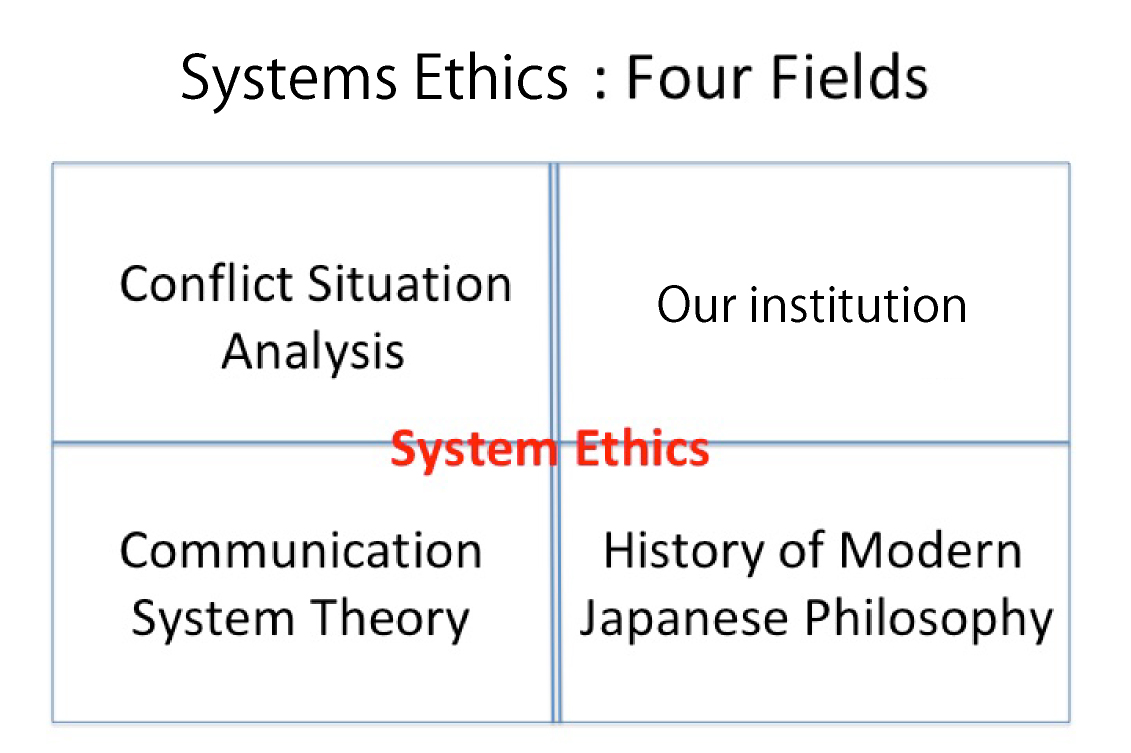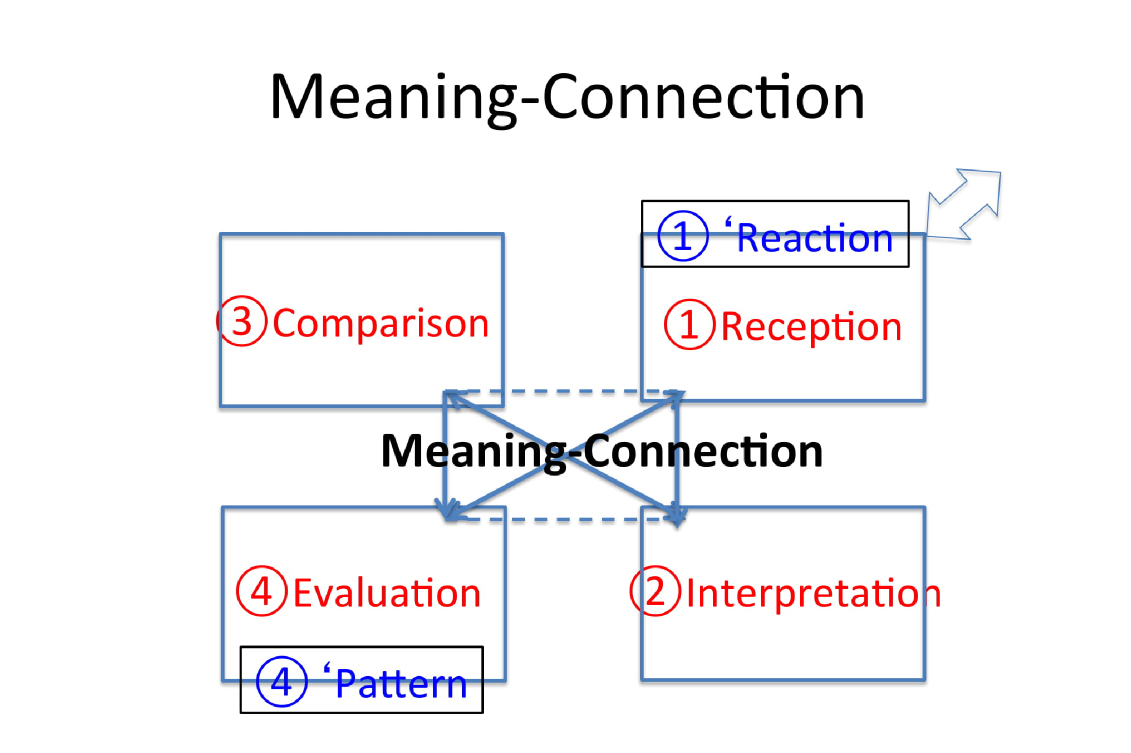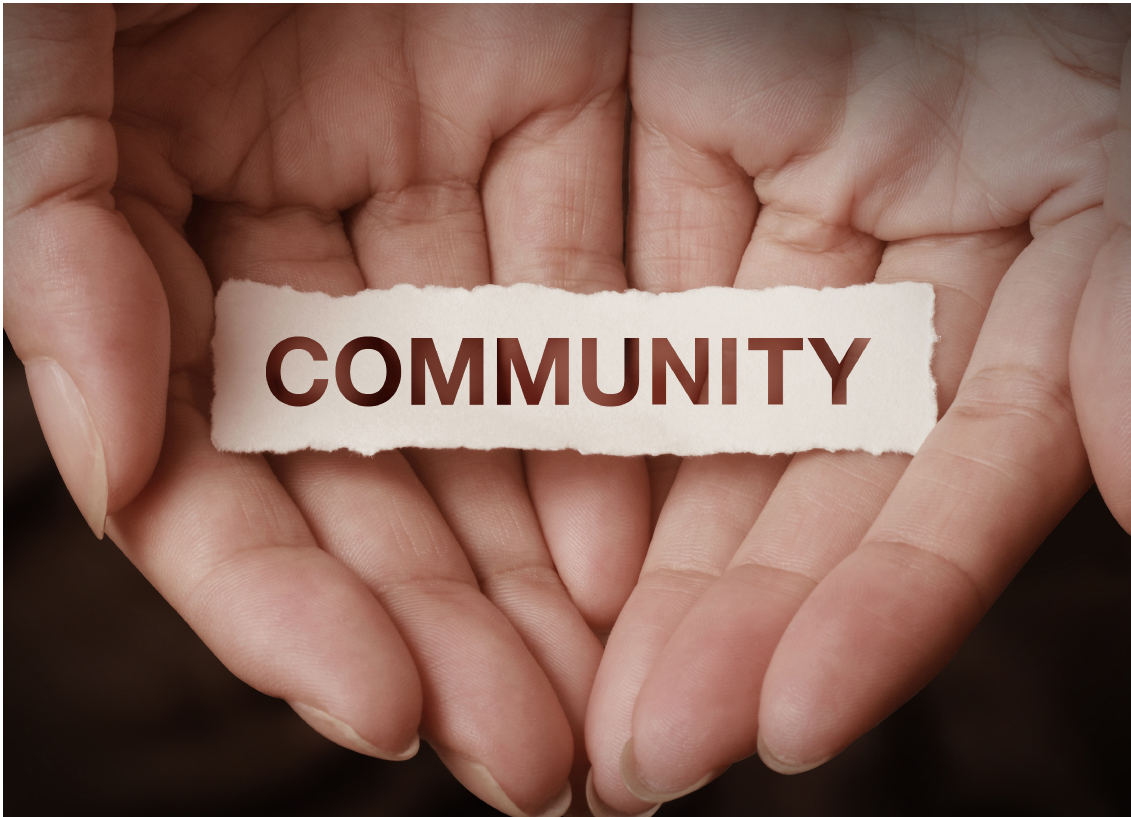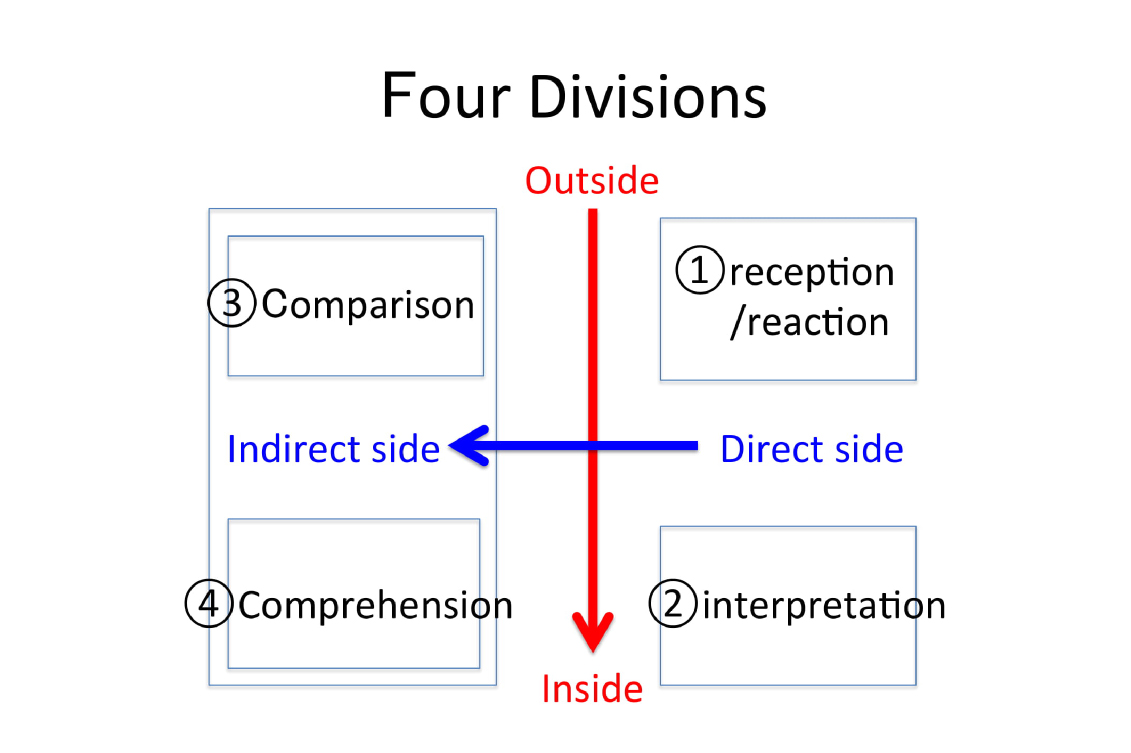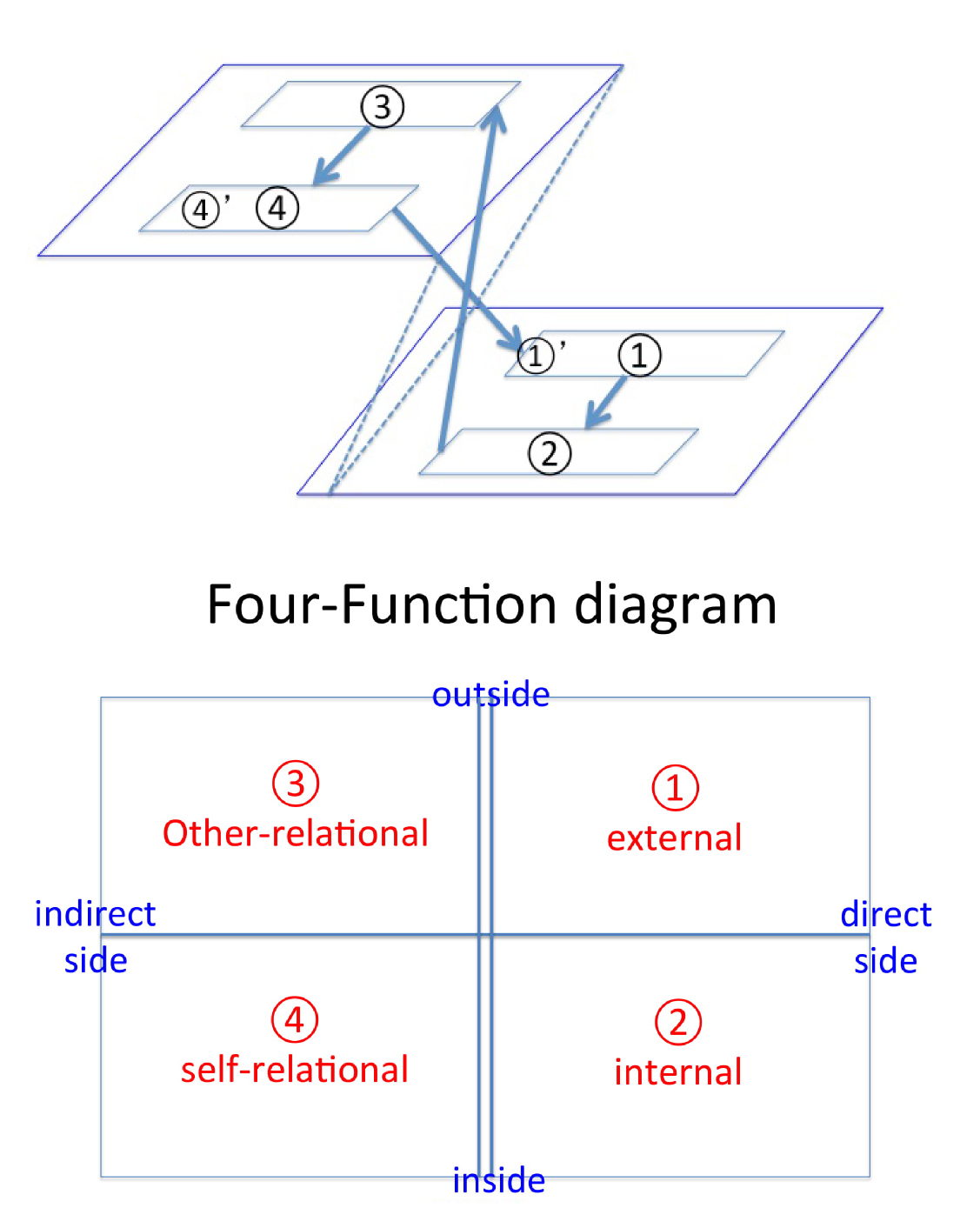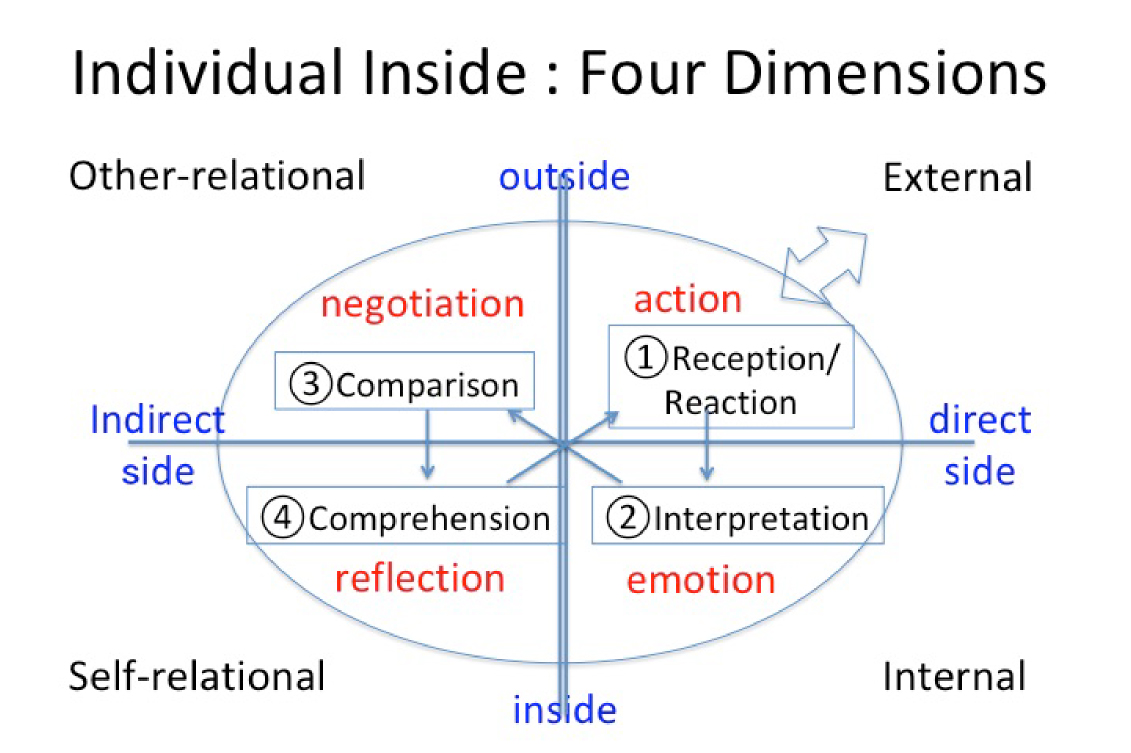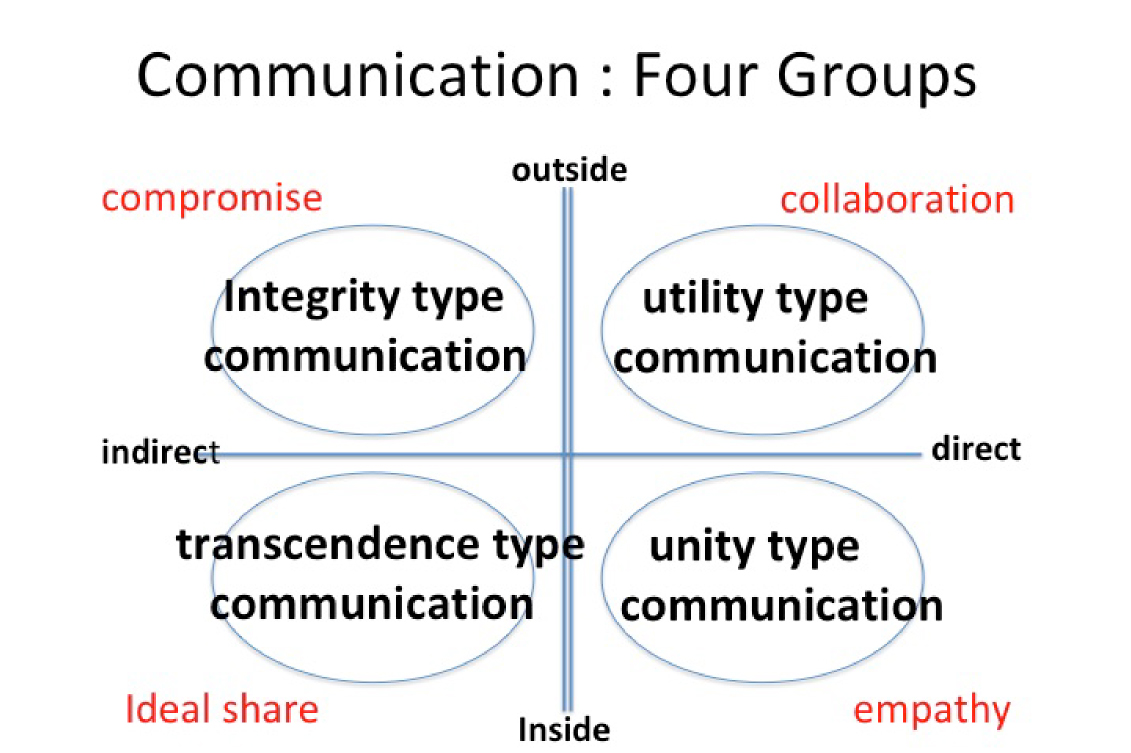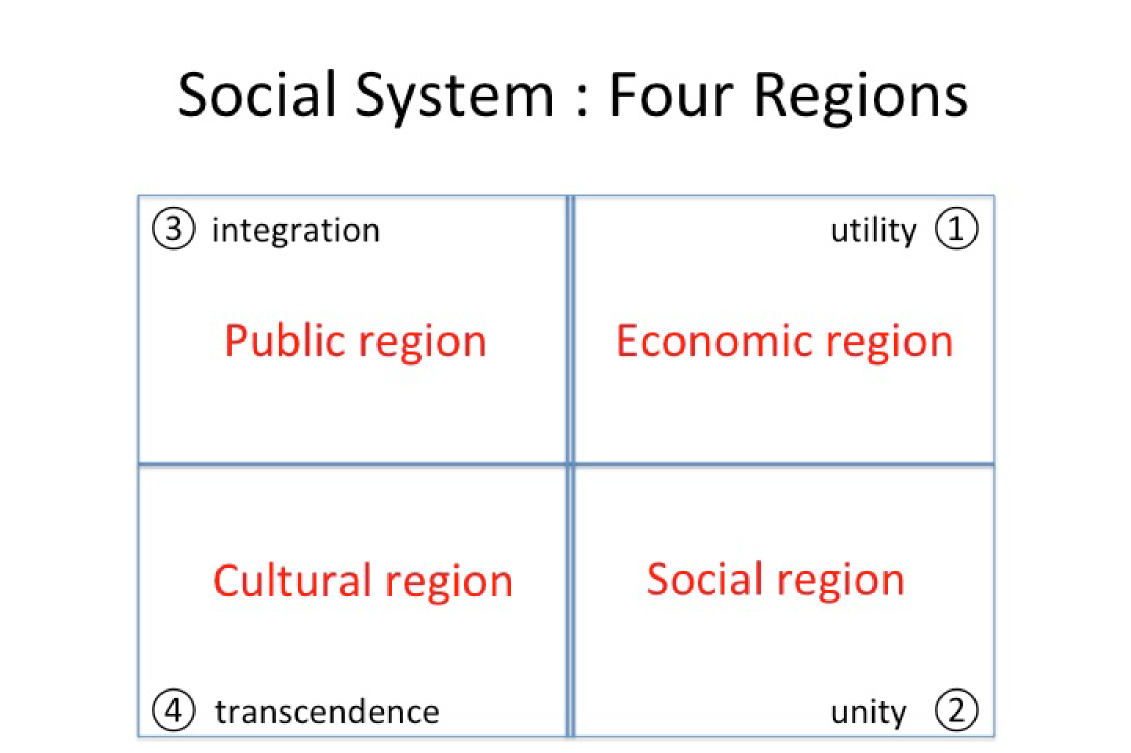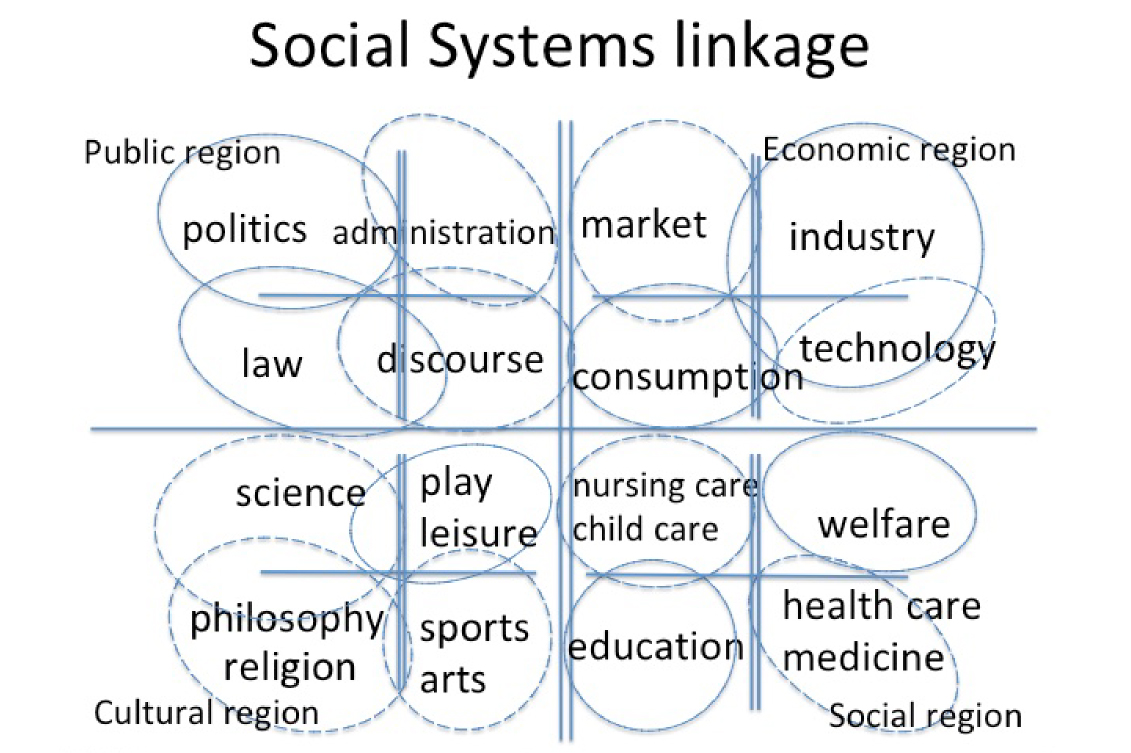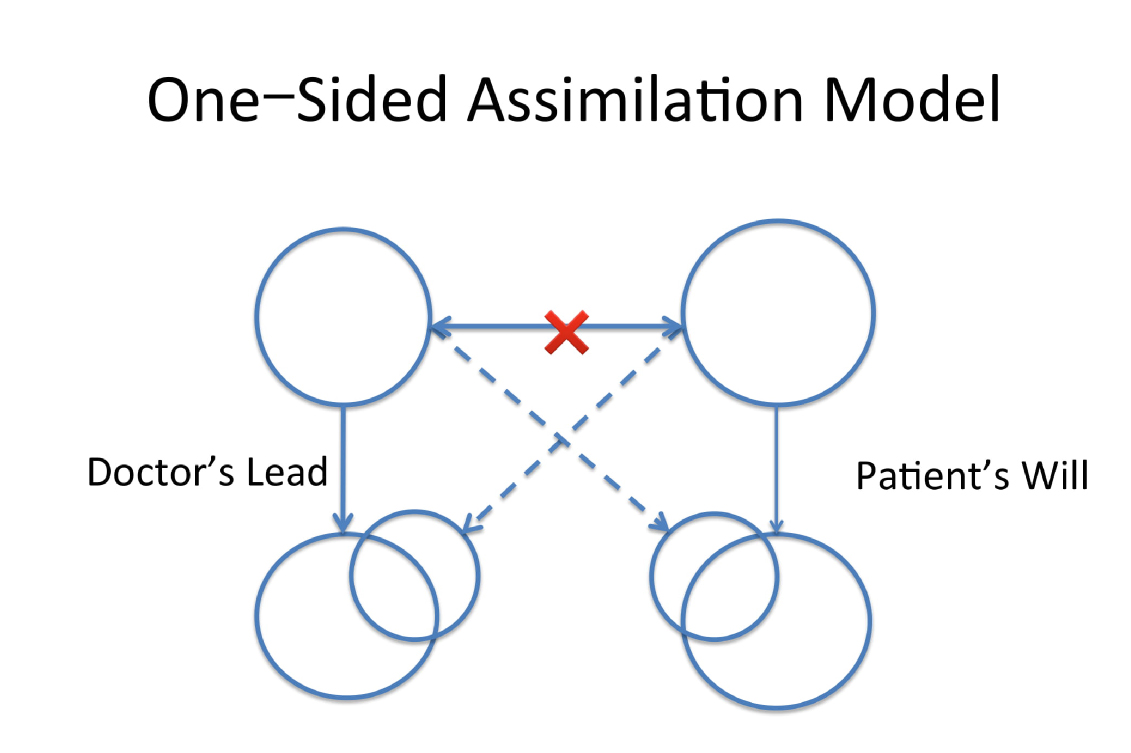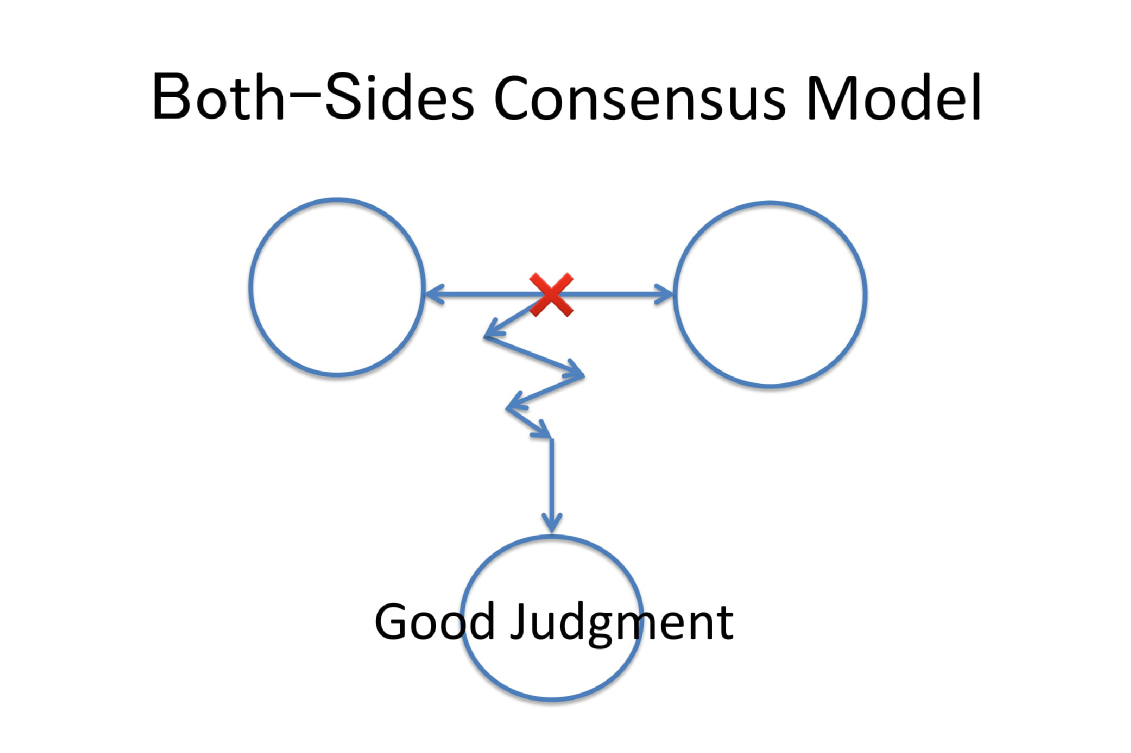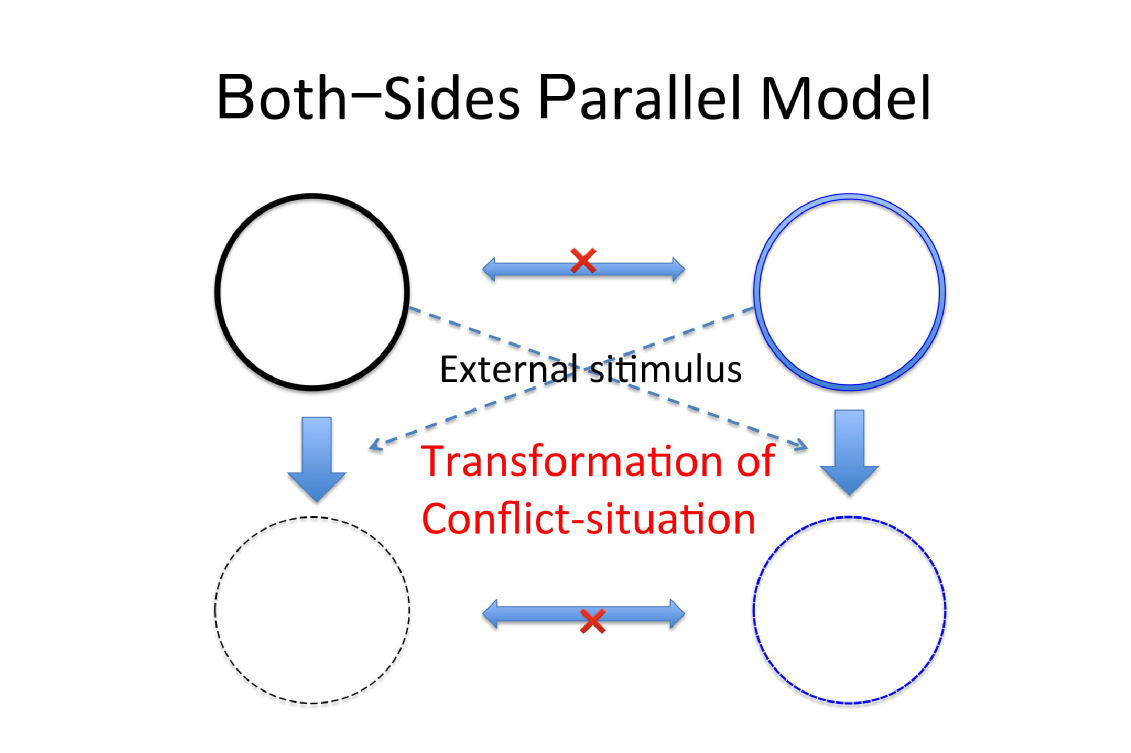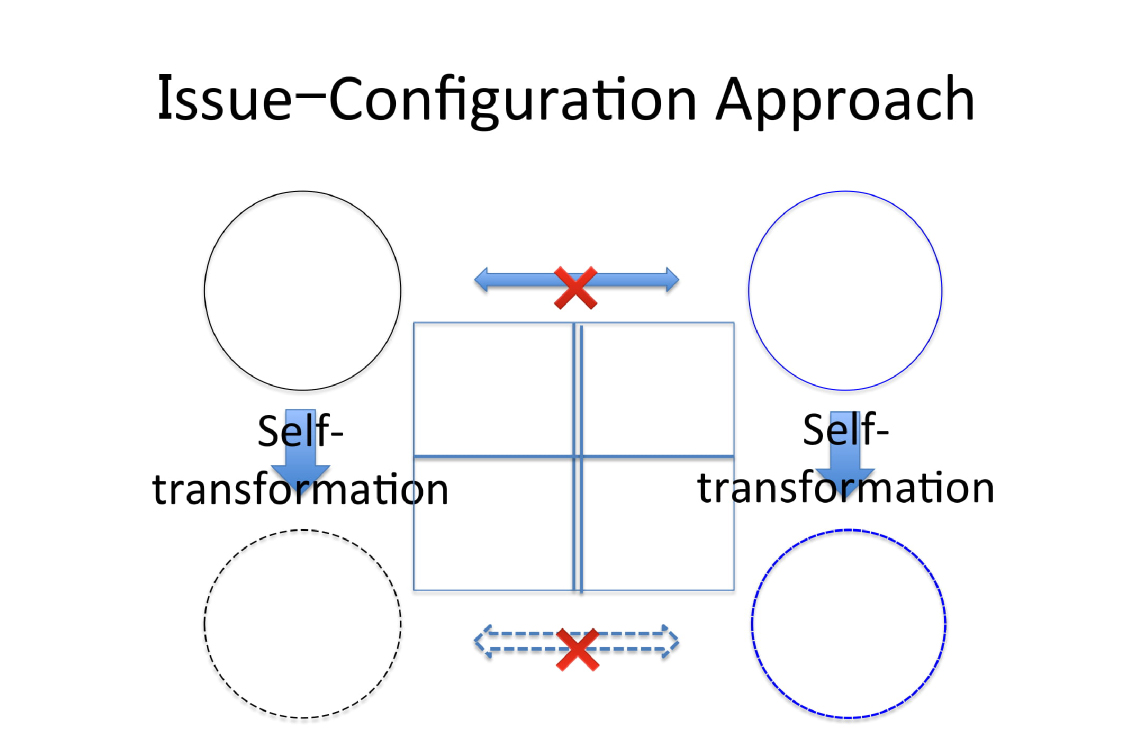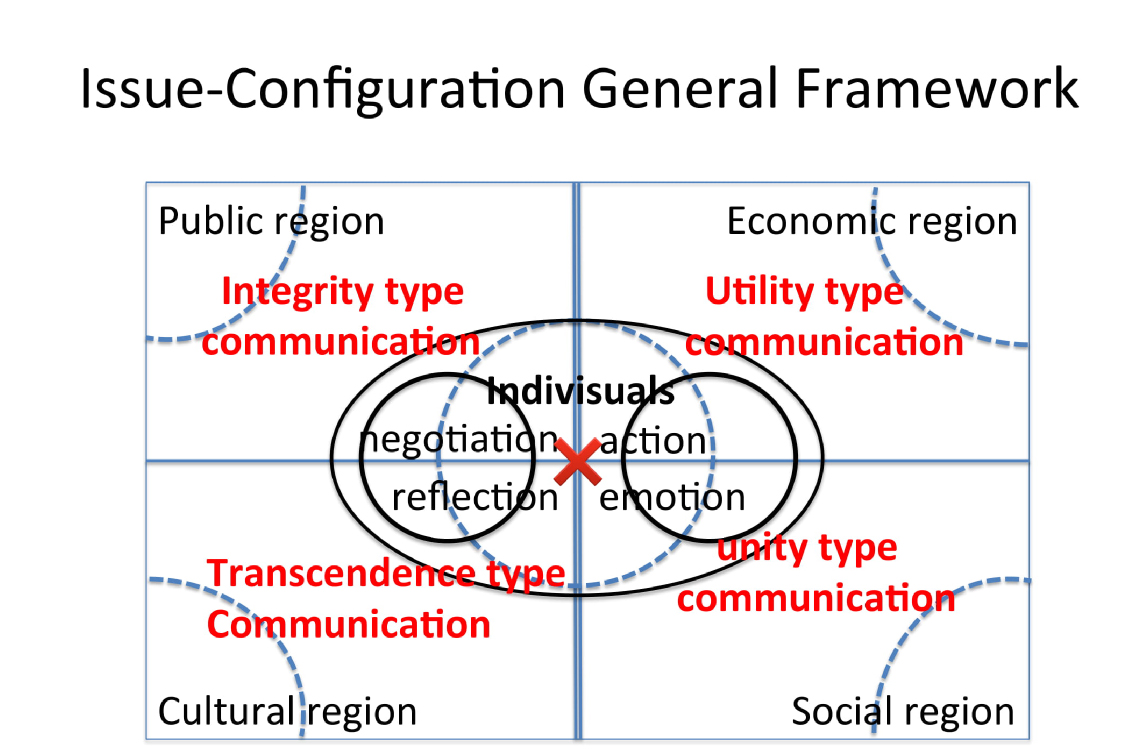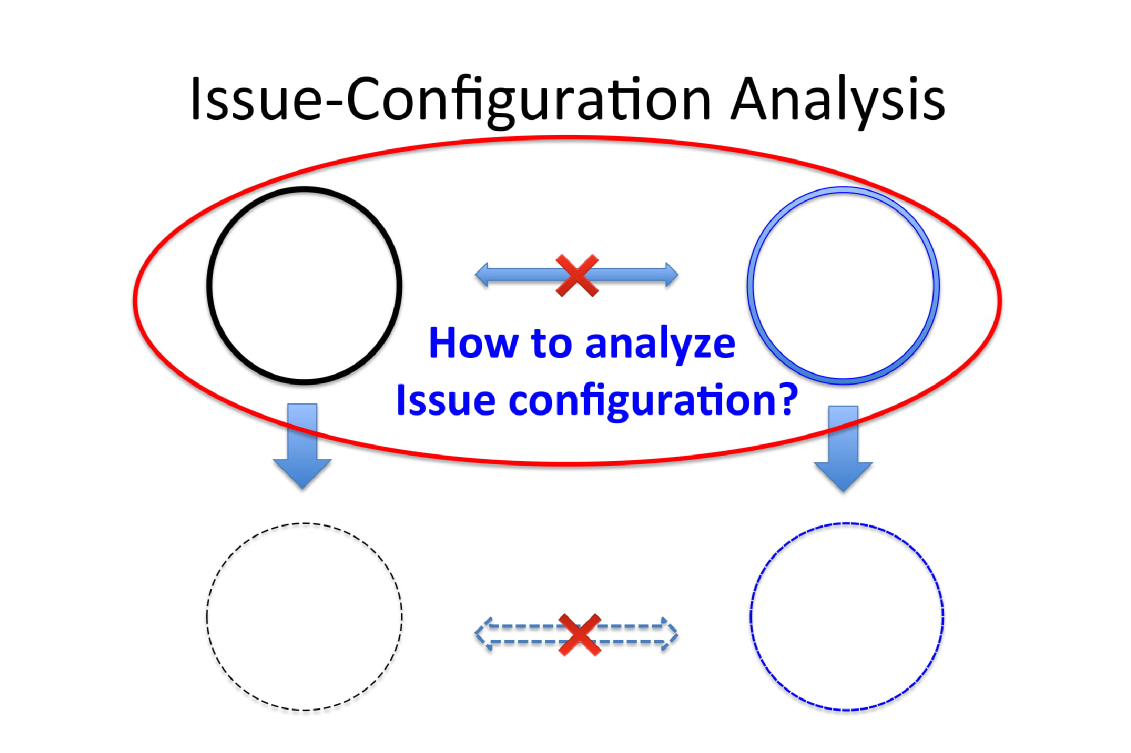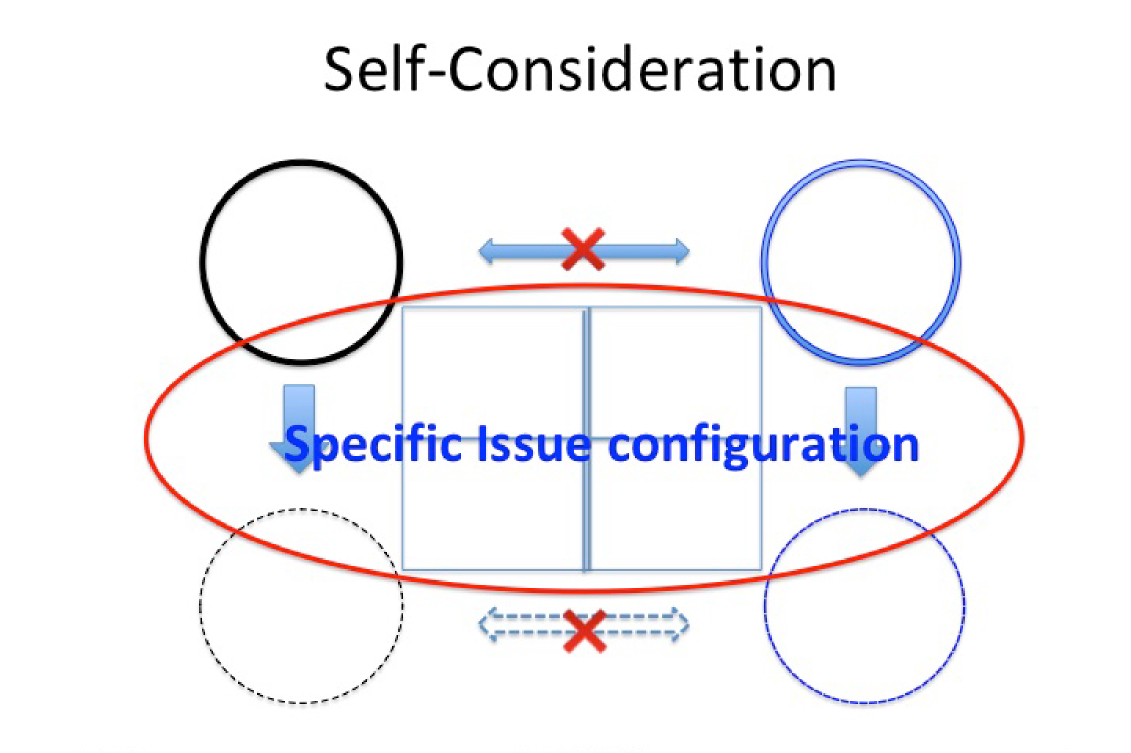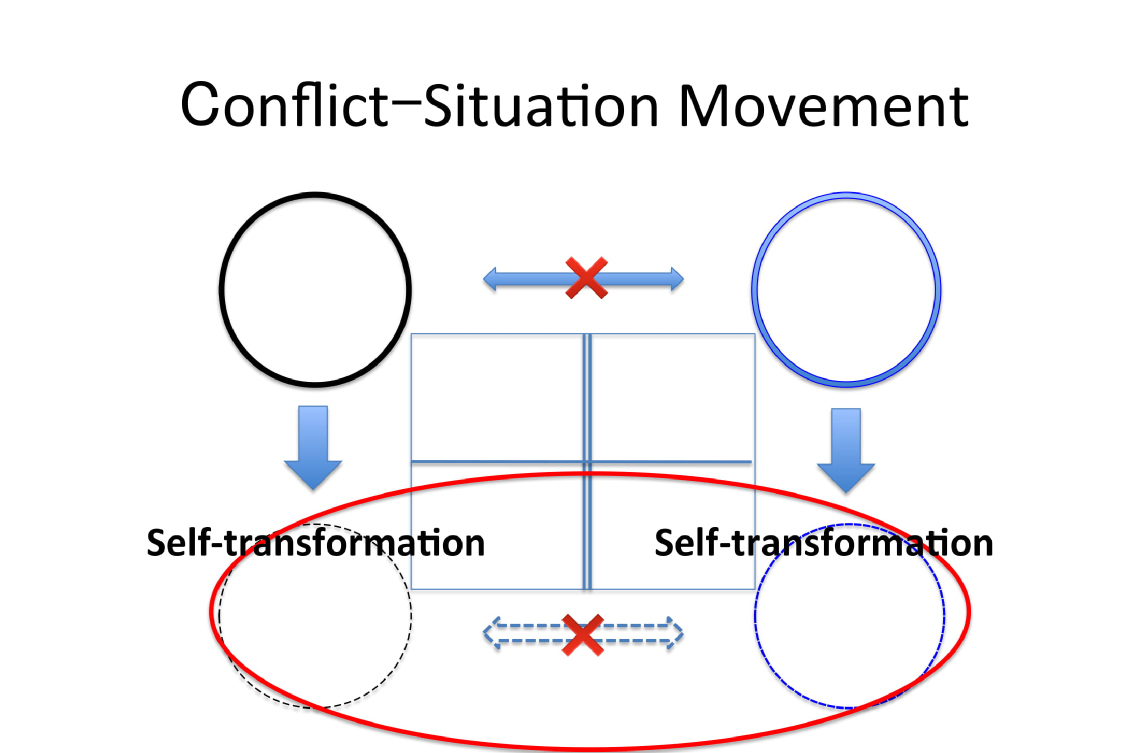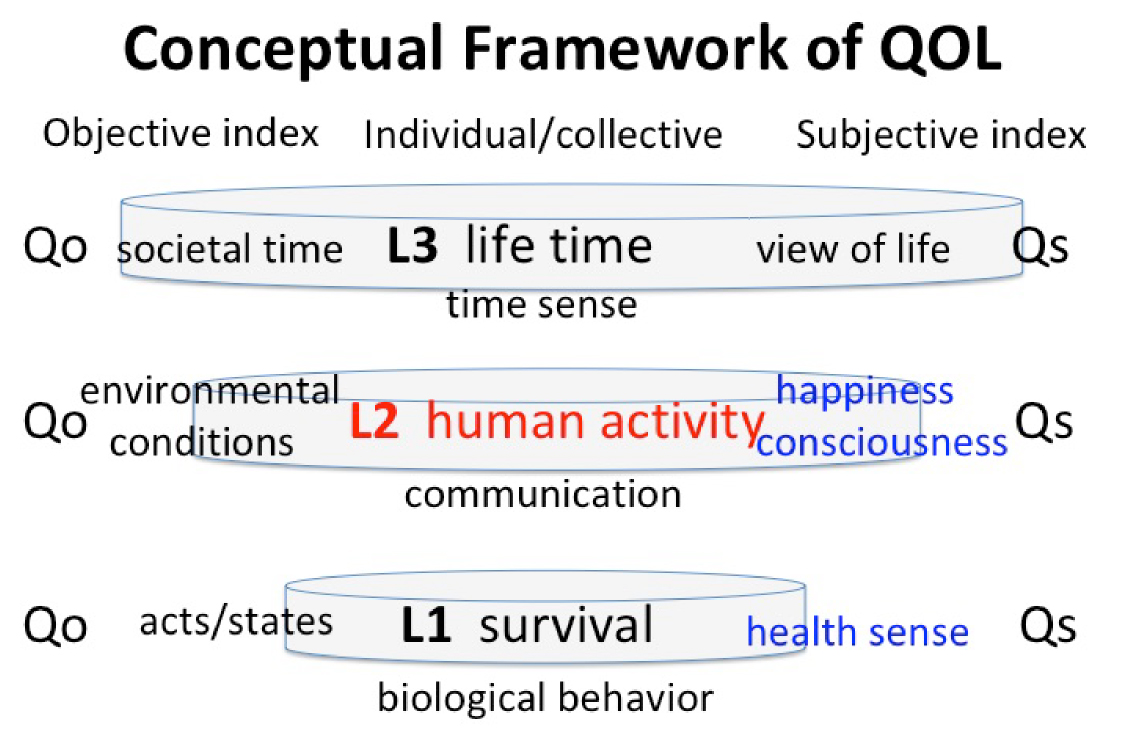The third feature is that Systems Ethics can realistically respond to the situation of conflicts among the parties concerned.
The perspectives of the parties concerned in communications are different, so that conflicting relationships will inevitably occur, even if they do not emerge. There are two models. One is One-sided Assimilation Model to pull the other side into the one side of the parties concerned. The other is Both-sided Consensus Model to aim at agreement through mutual understanding of the parties concerned. However, both models are based on the misunderstanding that "understanding" leads to conformity.
Systems Ethics newly advocates Both-Sided Parallel Model. This model emphasizes the differences between the perspectives of the parties concerned, and aims to the movement of conflicts rather than their elimination. Both sides interpret the outside information by themselves and, if necessary, transform themselves. Self-transformation would be further promoted if all conflicting issues leading to a conflicting situation are associated and summarized. This way of collecting issue points is called Issue-Configuration Approach.
A general framework of Issue-Configuration is constituted a series of conflict points according to the Four-Function Diagram. This framework is the overlap of three concentric circles: the four regions of social system, the four groups of communication and the individual's four dimensions. With this framework in the background, analyzing a specific context, a specific issue-configuration will emerge.
In the Both-Sided Parallel Model, the parties concerned place the specific issue-configuration on a table. As the parties face each other, the four-step process emerges, such as ①clarification of issues, ②recognition of different perspectives, ③understanding of biases of issues, and ④restoration of balance. If this process circulates well, the stuck conflicting relationship will begin to move.
With an appropriate adviser, the conflict-movement will be promoted further. The elderly, in particular, are expected to be good candidates for appropriate advisers.
